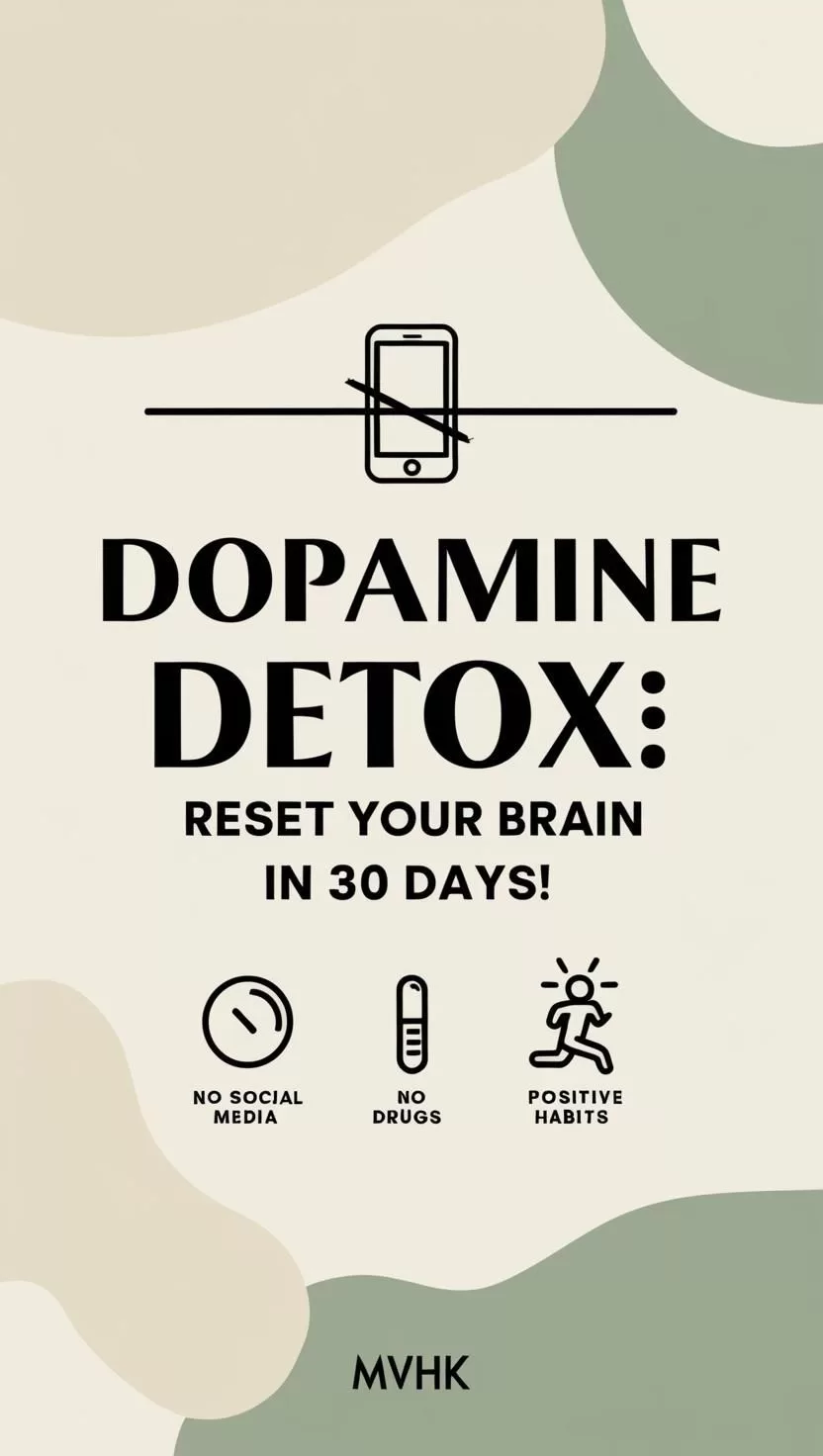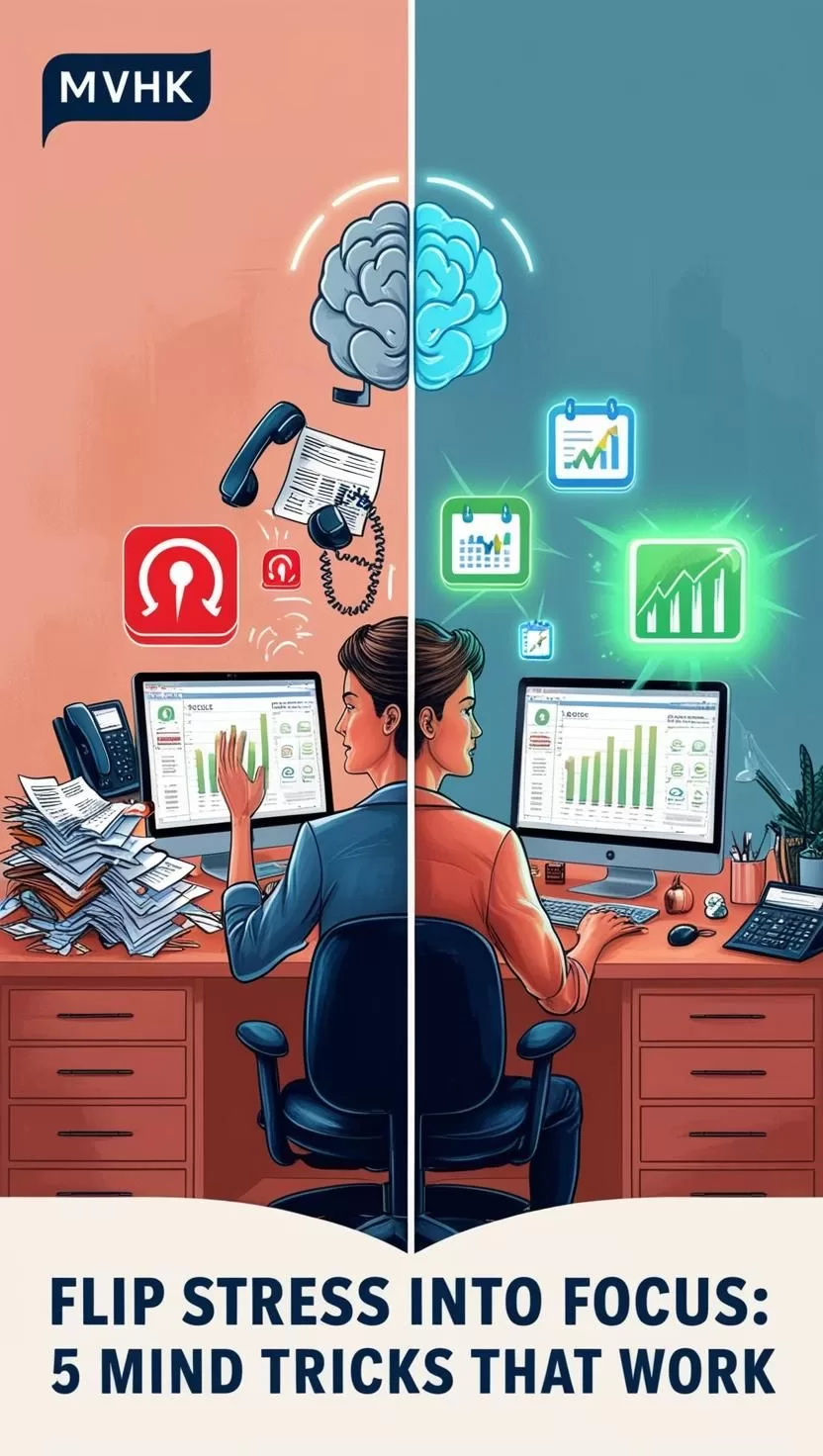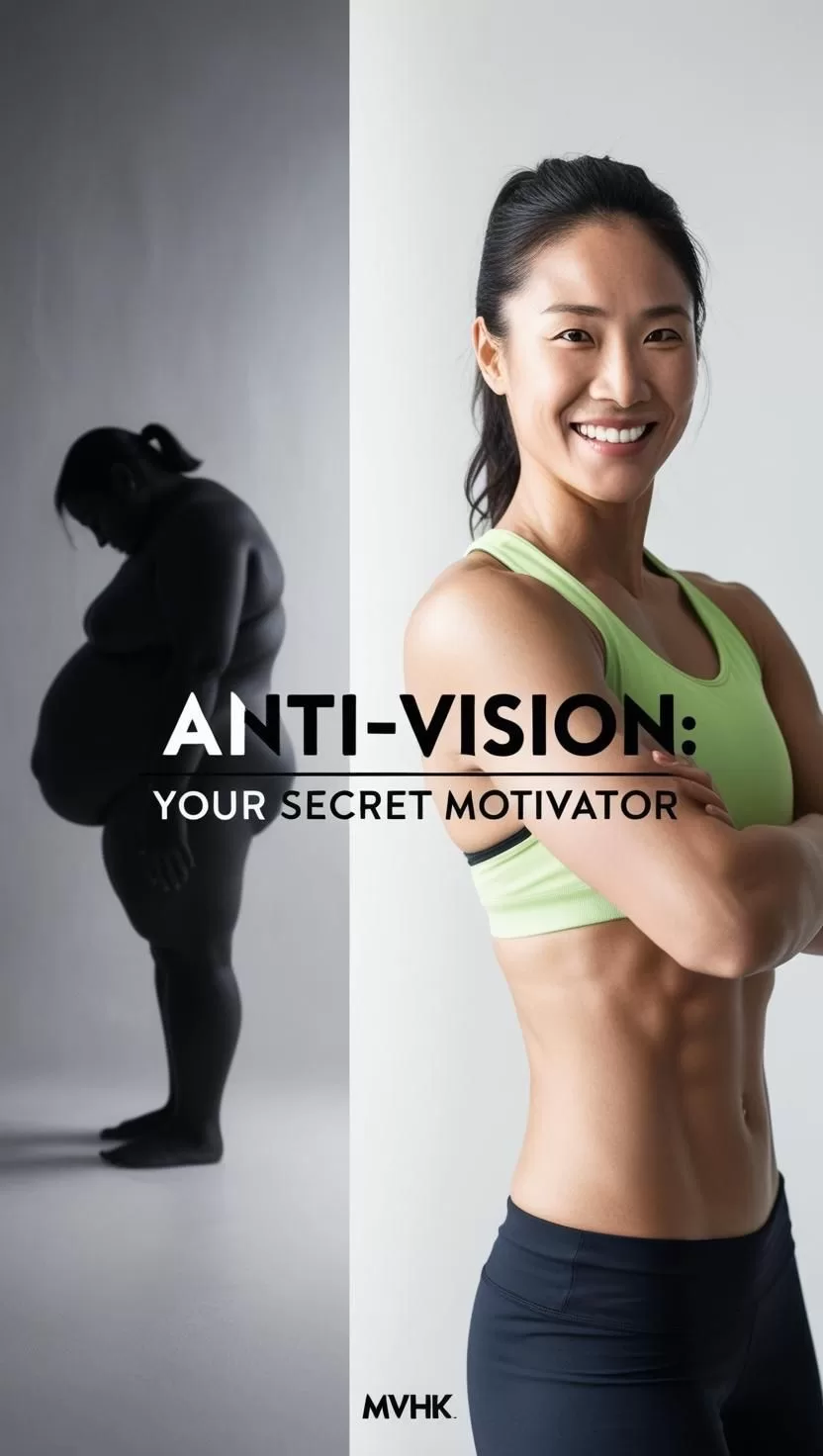Sensehacking: How to Hack Your Senses for Better Wellbeing
In the world of wellness, a new trend is emerging that puts your five senses in the spotlight—sensehacking. This buzzword is quickly gaining traction as people discover how tweaking their environment can drastically improve mood, energy, and overall wellbeing. From optimizing the sounds you hear to curating specific scents that trigger positive memories, sensehacking empowers you to consciously engage with your surroundings for a happier, healthier life.
1️⃣ What Is Sensehacking and Where Did It Come From?
The Science Behind the Senses
Sensehacking is a term coined by Oxford professor Charles Spence, a world-renowned experimental psychologist specializing in multisensory perception. The concept revolves around intentionally altering your environment to stimulate your five senses—sight, sound, smell, taste, and touch—with the goal of improving your mental and emotional state.
Your senses are constantly sending data to your brain. When this input is positive and purposeful, it can:
- Reduce stress
- Improve focus
- Boost energy
- Enhance mood
As clinical psychologist Dr. Maria-Elena Lukeides explains, “Research has shown that our senses can have a huge impact on our brains and bodies, and sensehacking allows us to tap into that.”
Sensehacking vs. Traditional Wellness Practices
Unlike passive relaxation or mindfulness, sensehacking is active and customizable. It invites you to curate your daily environment using tools like:
- Light exposure
- Music or ambient sounds
- Aromatherapy
- Tactile sensations
- Mindful eating
2️⃣ How to Incorporate Sensehacking Into Your Routine
Morning Light Therapy
Start your day with natural sunlight—this is sensehacking at its most basic and most powerful.
Dr. Lukeides notes that exposing your eyes to sunlight in the morning:
- Halts melatonin production (your sleep hormone)
- Stimulates cortisol, which enhances alertness
- Helps reset your circadian rhythm
Even 5–10 minutes of sunlight can help regulate your internal clock and set a positive tone for the day.
Pro Tip: Open your curtains first thing or sip your coffee on the balcony.
Curate the Soundtrack of Your Day
Sound is deeply tied to mood and memory. Listening to music that evokes the desired emotion can:
- Increase dopamine (your feel-good hormone)
- Reduce anxiety
- Enhance productivity
A 2019 study published in Frontiers in Psychology showed that listening to your favorite music can reduce cortisol levels and stimulate emotional regulation centers in the brain.
How to Sensehack with Sound:
- Create playlists for focus, relaxation, or energy
- Use white noise or nature sounds to boost calm
- Avoid chaotic or jarring audio environments
🎧 Explore Spotify’s “Made for You” mood playlists for a quick win.
Engage Your Nose—Scents That Heal
Scents are a direct path to the limbic system, the brain’s emotional core.
Dr. Lukeides explains: “When you inhale pleasant smells, you activate the olfactory bulb, which is tied to emotions and memory formation.”
Try These Scents for Mood Support:
| Emotion | Recommended Scent | Method |
|---|---|---|
| Calm | Lavender, Chamomile | Diffuser, Pillow Mist |
| Focus | Rosemary, Peppermint | Roller, Room Spray |
| Energy | Citrus (Lemon, Orange) | Diffuser, Essential Oil |
👃 Keep a scent roller in your bag to lift your mood anytime.
Tune Into Your Food—Taste as a Tool
Too often, we eat without thinking. But mindful eating is a core part of sensehacking.
Steps to Sensehack Mealtime:
- Look: Appreciate the vibrant colors of your food
- Smell: Inhale the aroma before you eat
- Taste: Chew slowly and savor the flavor
- Texture: Notice the crunch, smoothness, or warmth
According to a study published in the Journal of Health Psychology, mindful eating can reduce binge eating and promote better digestion.
🥗 Turn off distractions and eat in silence for a full sensory reset.
3️⃣ Bonus Hacks: Touch and Movement
Don’t underestimate the power of touch and movement.
Touch:
Textures and materials can affect your emotional state. Try:
- Weighted blankets for calm
- Soft clothes or cozy fabrics
- Cold or warm showers depending on your mood
Movement:
Light exercise or even simple stretches engage both proprioception (body awareness) and the vestibular system (balance), which can:
- Release endorphins
- Lower stress hormones
- Improve mental clarity
💡 Try a “body scan” meditation or a short barefoot walk to stimulate touch pathways.
Conclusion: How to Get Started with Sensehacking Today
You don’t need a complete lifestyle overhaul to benefit from sensehacking. Start small. Choose one sense and implement a change today—play a calming playlist, open a window, or light a citrus candle.
Remember: You are a product of your environment—but with sensehacking, you become the designer of it.
By deliberately engaging your senses, you can:
- Boost mood and energy
- Manage stress naturally
- Enhance your overall wellness, one sense at a time
Frequently Asked Questions About Sensehacking
What is the main goal of sensehacking?
Answer: The goal is to intentionally stimulate your five senses to improve emotional, mental, and physical wellbeing by altering your environment in subtle, meaningful ways.
Can sensehacking replace therapy or medication?
Answer: No, it’s a complementary wellness practice. While it can enhance mood and reduce stress, it should not be used as a replacement for professional treatment for mental health issues.
What’s the easiest way to start sensehacking?
Answer: Begin by incorporating natural light in the morning and listening to music that matches your desired emotional state. These are low-effort, high-impact sensory shifts.
- Check out our article on the Top 5 Supplements for Longevity
- Read our guide to Mindfulness Techniques That Actually Work
- Discover the Science Behind Aromatherapy
- Charles Spence, Oxford University
- Frontiers in Psychology study on music and mood
- Journal of Health Psychology – Mindful Eating






